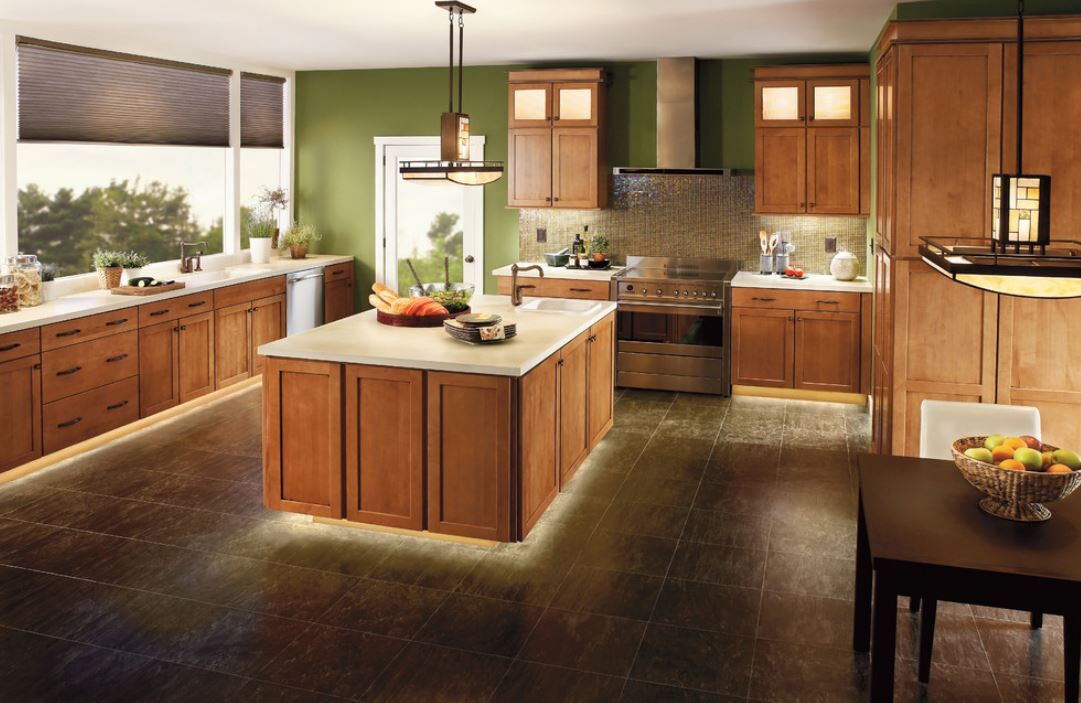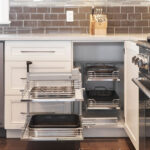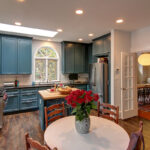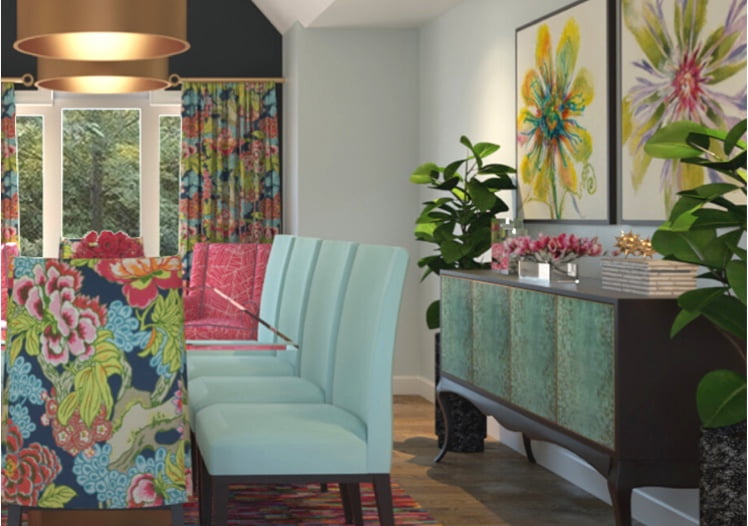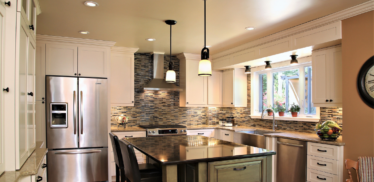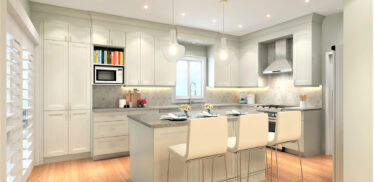Anne-Marie Brunet, CKBD, CAPS
Include the right kinds of light in your kitchen’s universal plan to make it more workable and visually pleasing for all.
As we age, the lens of the eye becomes less flexible, and our lighting requirements change. The ability to focus on near objects decreases, which explains why many people need reading glasses as they get older. The lens of the eye also becomes denser and yellower, decreasing the transmission of light, so that more light is often needed to see. This changes how we perceive colors; they become more muted and muddy. Just try looking through a yellow filter to see what I mean — you’ll benefit from lighter colors surrounding you. The eyes become more susceptible to glare as well, making the need for contrast greater.
There are many other issues that affect aging eye lenses too, so older eyes require different lighting solutions. These solutions won’t benefit just them; they will also help create more beautiful household surroundings. Considering the right amount of light, location of the light source and color temperature will improve your and your family’s sense of well-being.
Let’s look at a few lighting solutions, starting with the kitchen.
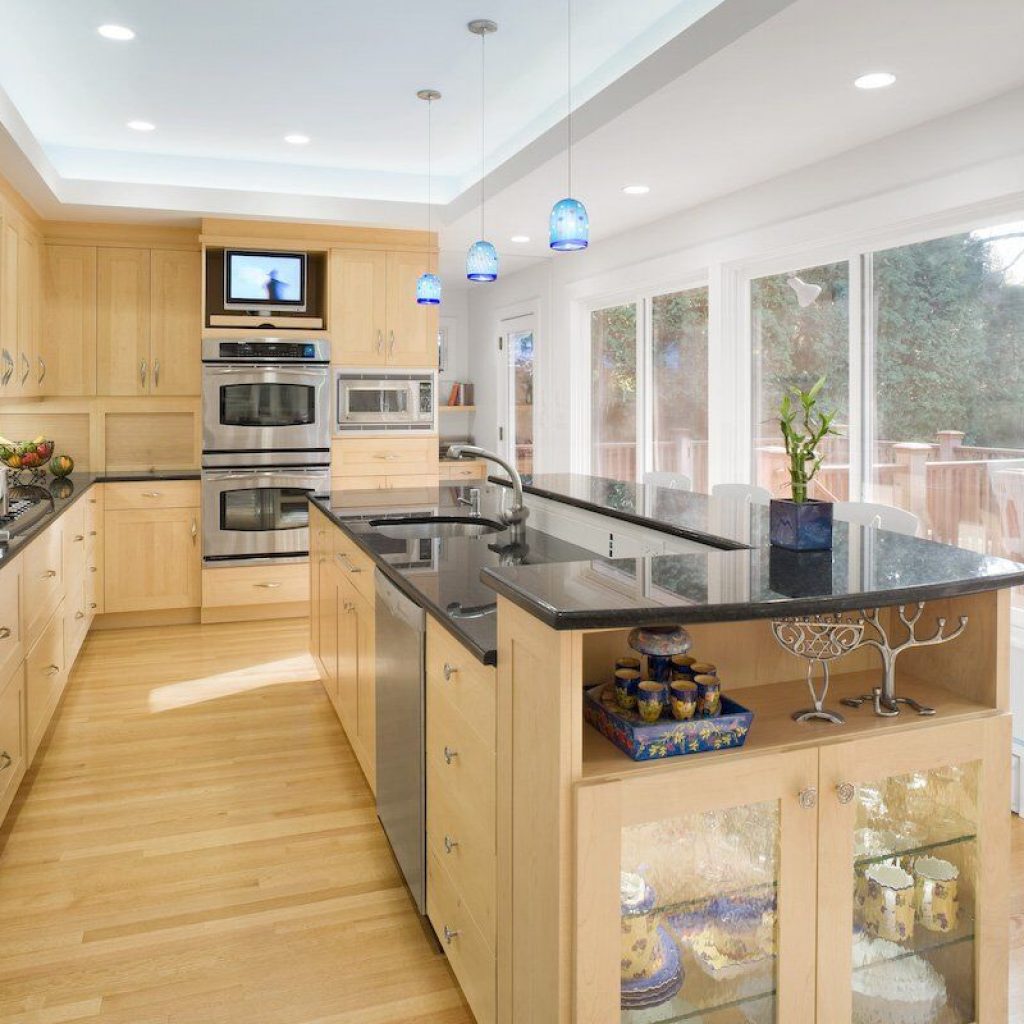
“Up, down and all around.” I use this little saying to make sure I have addressed all the required elements when I’m planning a lighting design. Sounds simple, but it really does work.
Up Lighting
The most common use of up lighting is in a recessed cove around the top perimeter of a room. To maximize light output, use a T5 fluorescent or LED light source that will wash the ceiling with light. This helps to create a brighter ceiling that bounces and reflects light throughout the space without glare. Combine this with lots of natural daylight to increase the overall light levels in a room.
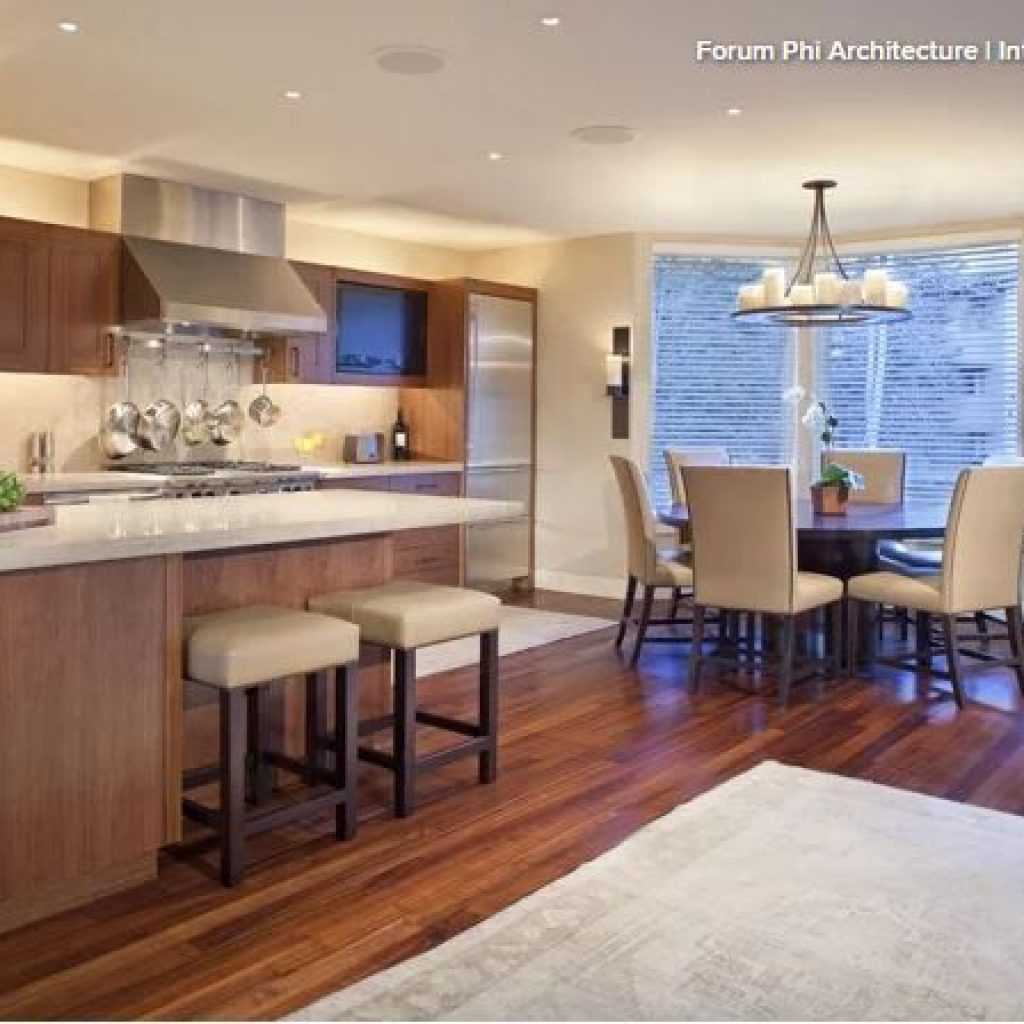
If your cabinets don’t go to the ceiling, consider adding lights above the cabinets. Using a more powerful light source, such as a T5 fluorescent, increases the reflectivity of the ceiling, thereby increasing the light in the room.
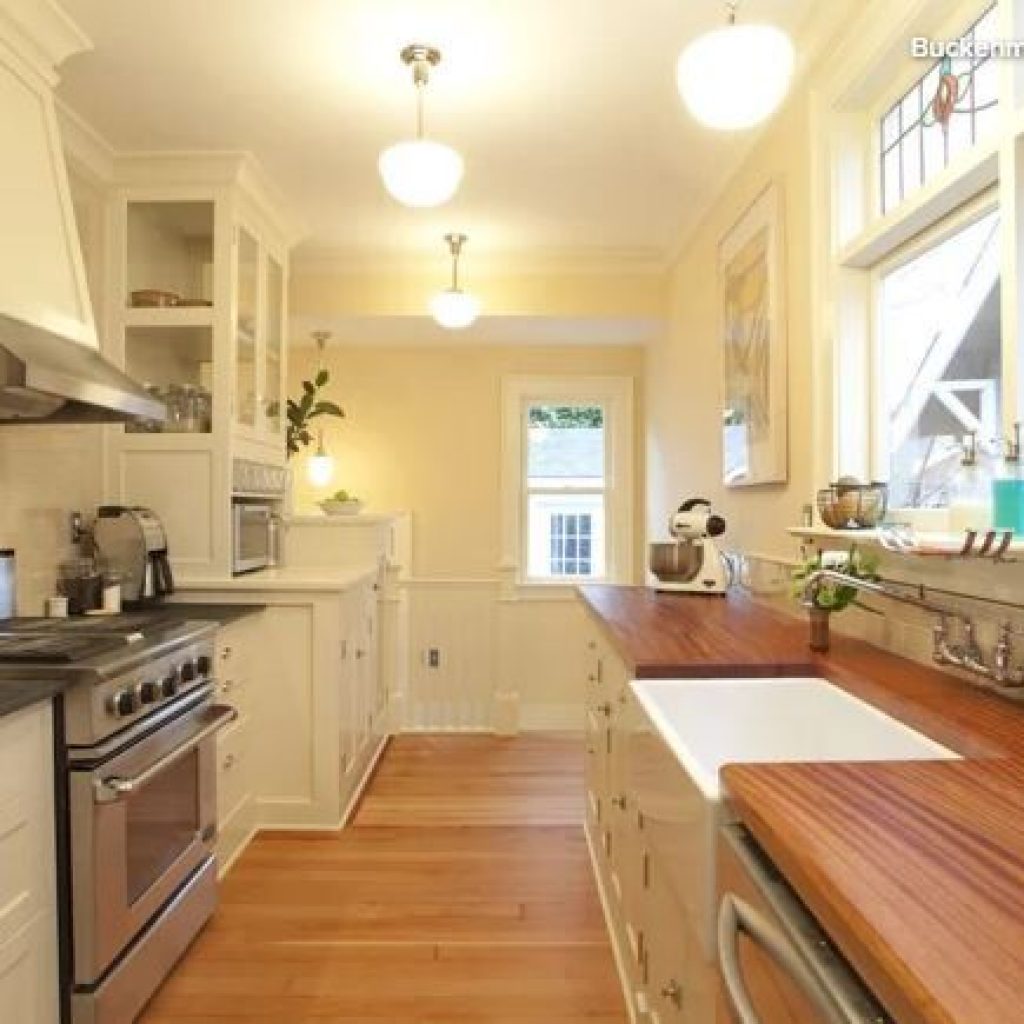
While increasing light levels is important, it is equally important to minimize glare. Use matte finishes to reduce light flares and glare.
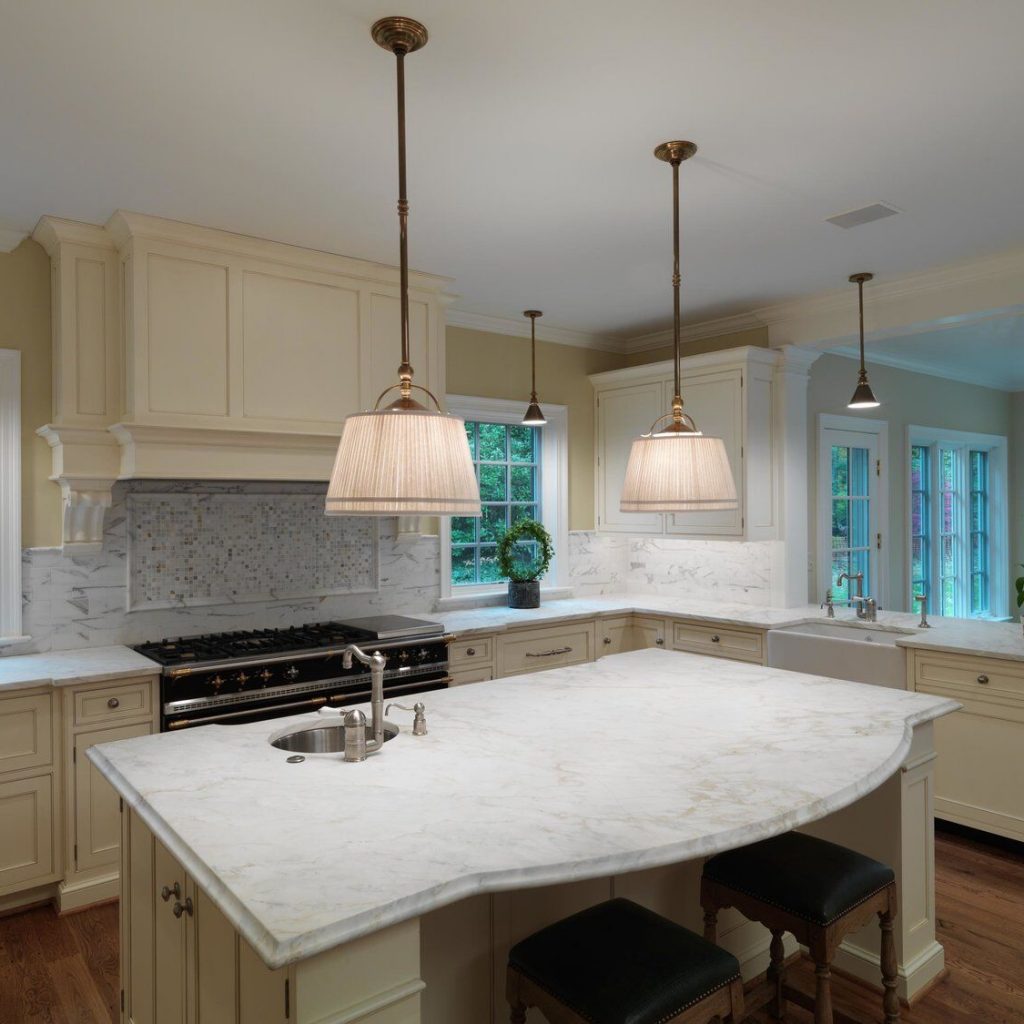
Honed Calacatta Marble Countertop
Countertops are often the culprits in causing glare. If you prefer stone countertops, consider those that are honed to reduce reflection and glare.
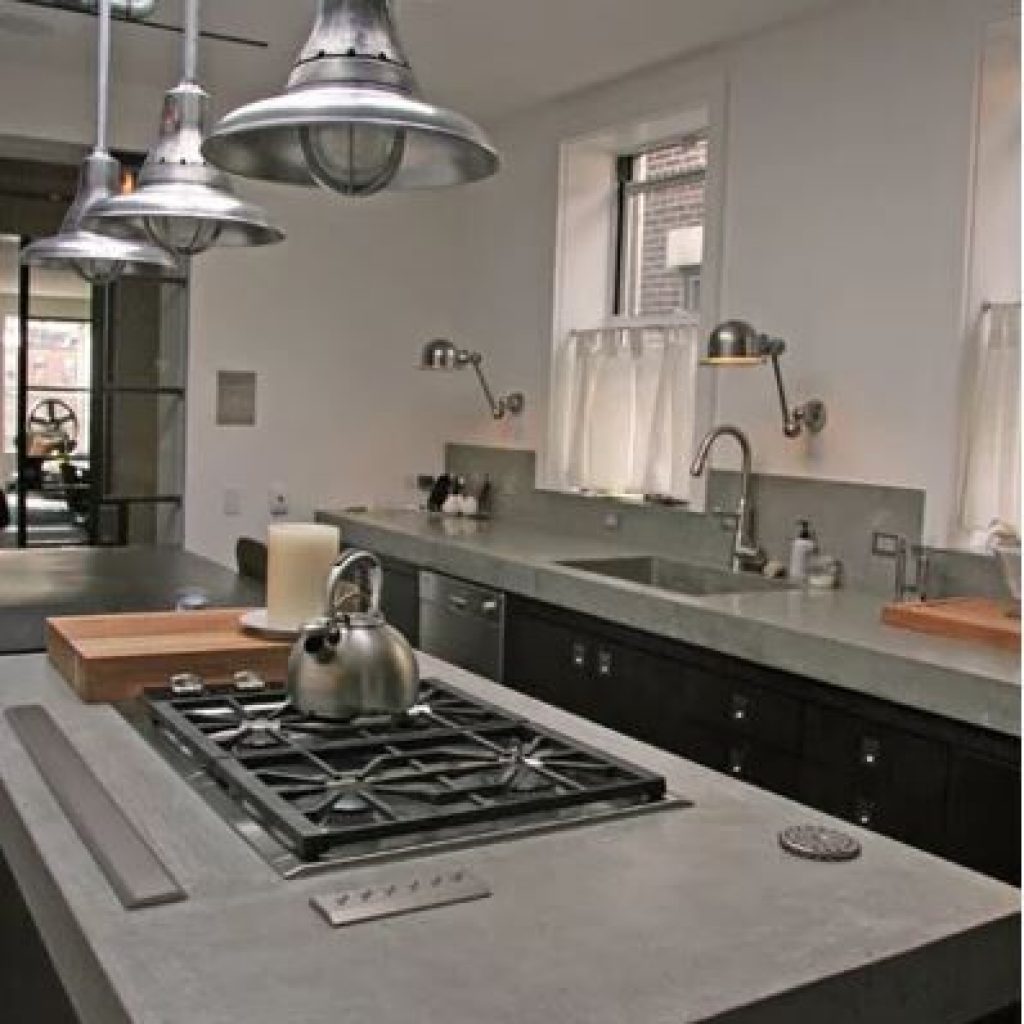
Concrete Kitchen Countertop
Consider soapstone or concrete as well. Concrete countertops
See more about concrete countertops
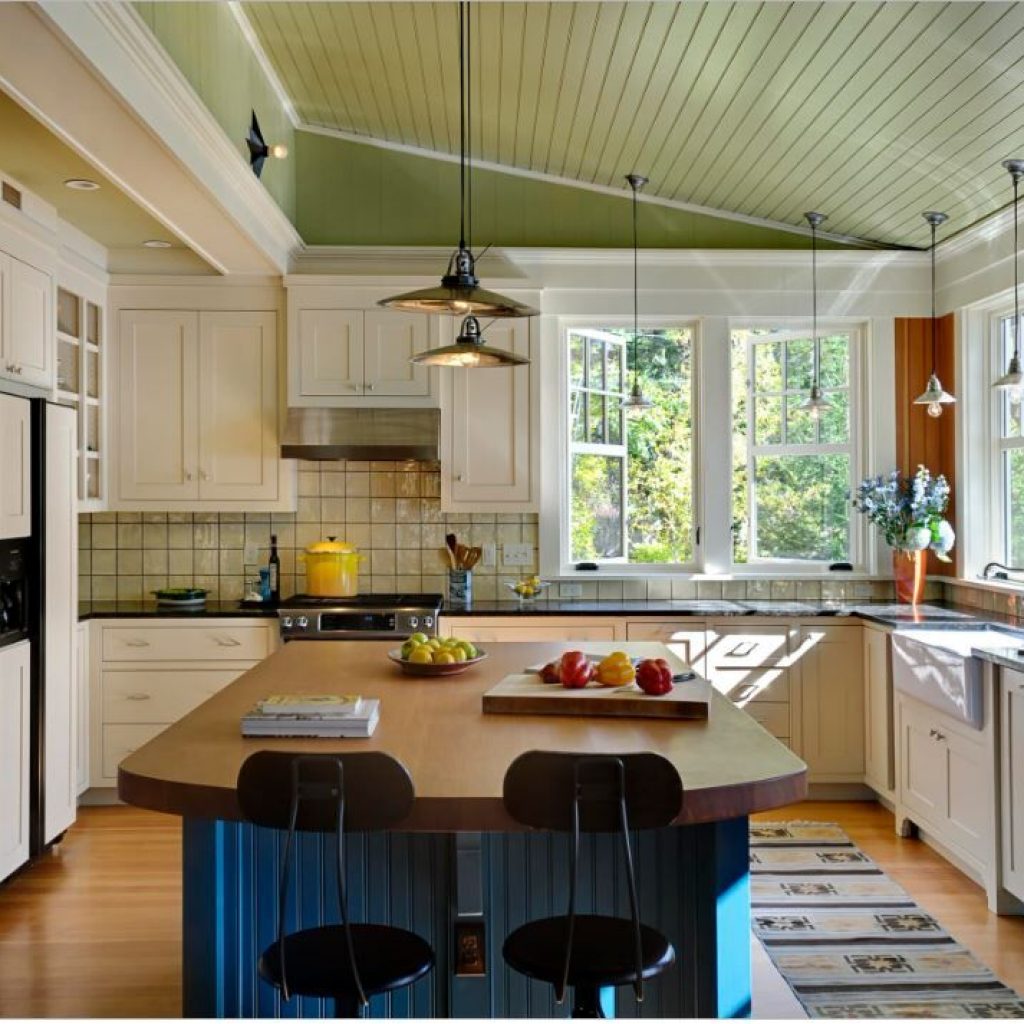
Downlighting
Downlighting is just that: lighting that shines down to illuminate a space.
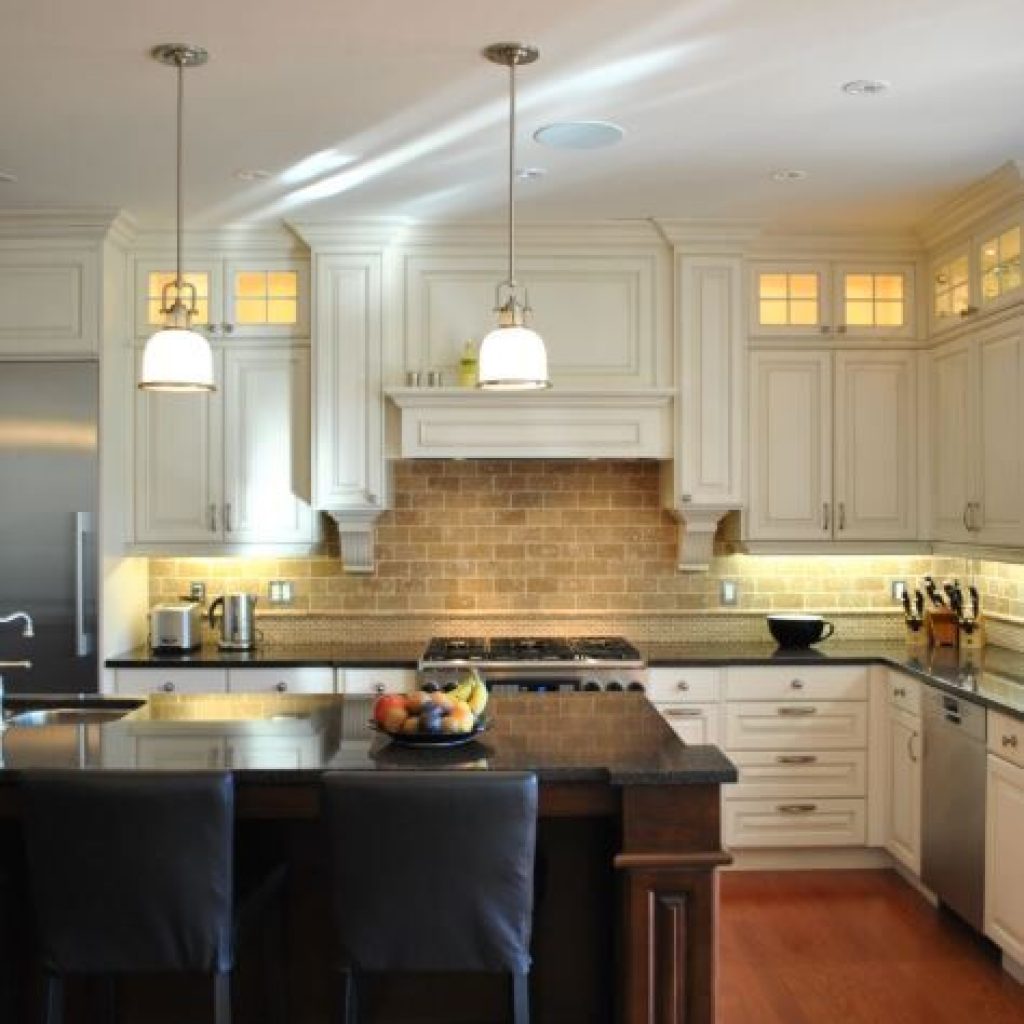
Task lighting, including undercabinet lighting, is one of the single most important lighting specifications for any project, in my opinion. It puts the light where you need it most. In a kitchen it would be under the cabinet, where the light is in front of you, illuminating the surface and its objects, and not behind you, creating shadows. Pendants can also be considered task lighting.
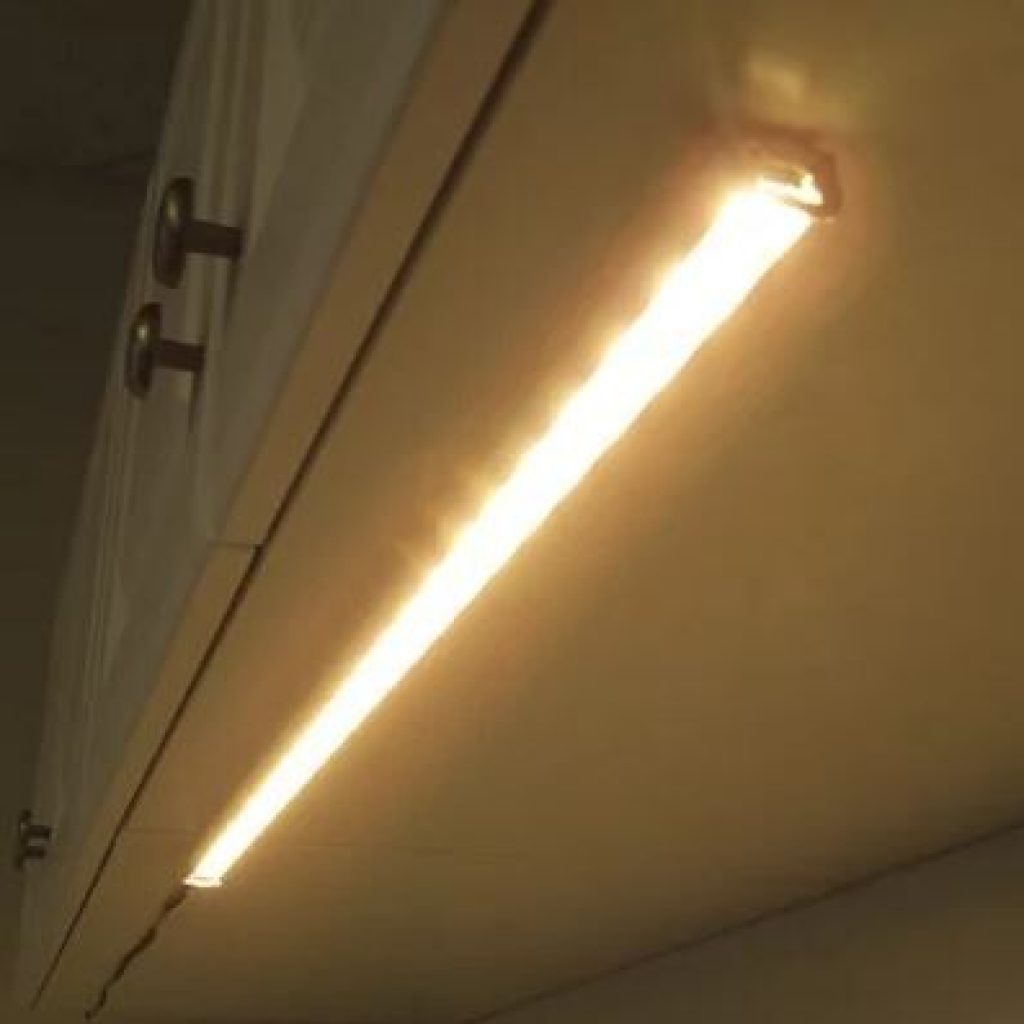
Eclectic Track Heads And Pendants – $18
Opt for Xenon or LED lights for bright and warm yet accurate
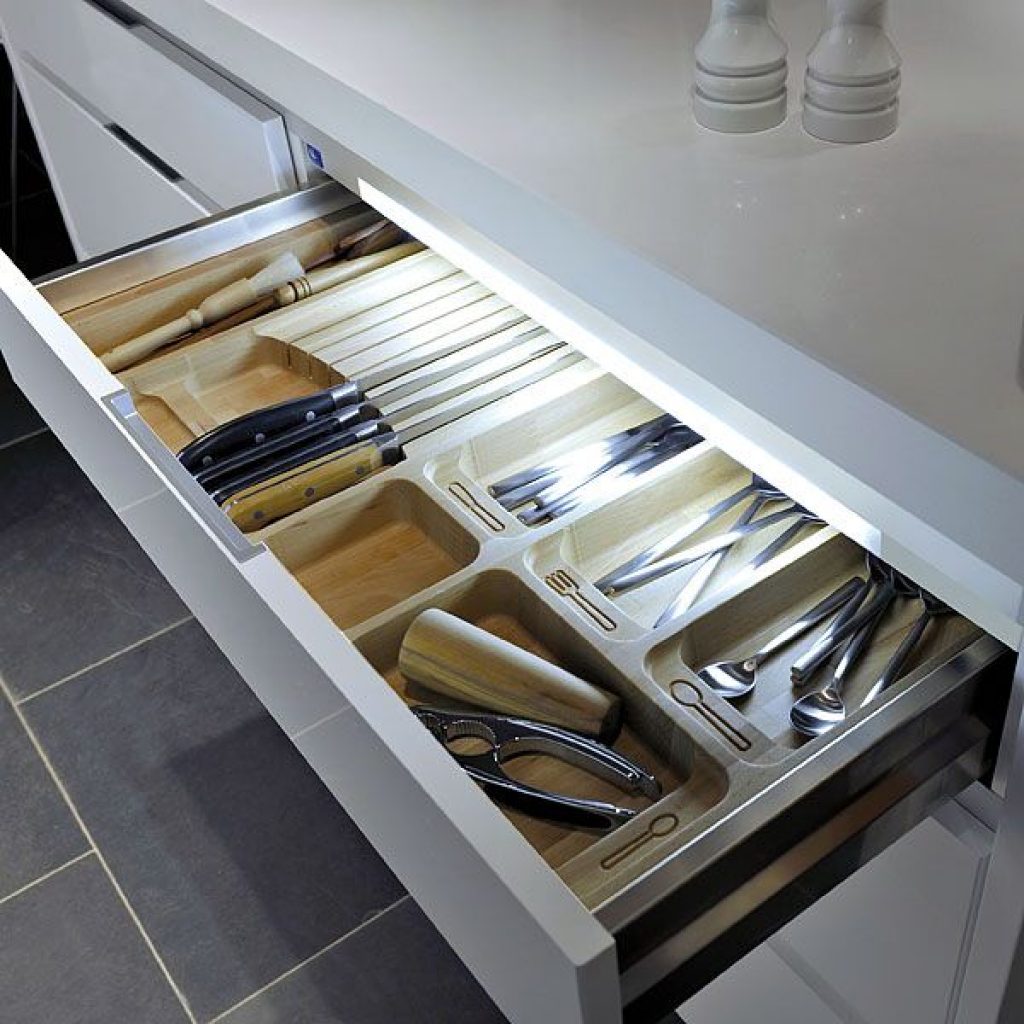
We all know by now that drawers are by far more functional and accessible than cabinets with doors. How about shedding some light inside your drawers? Another great use
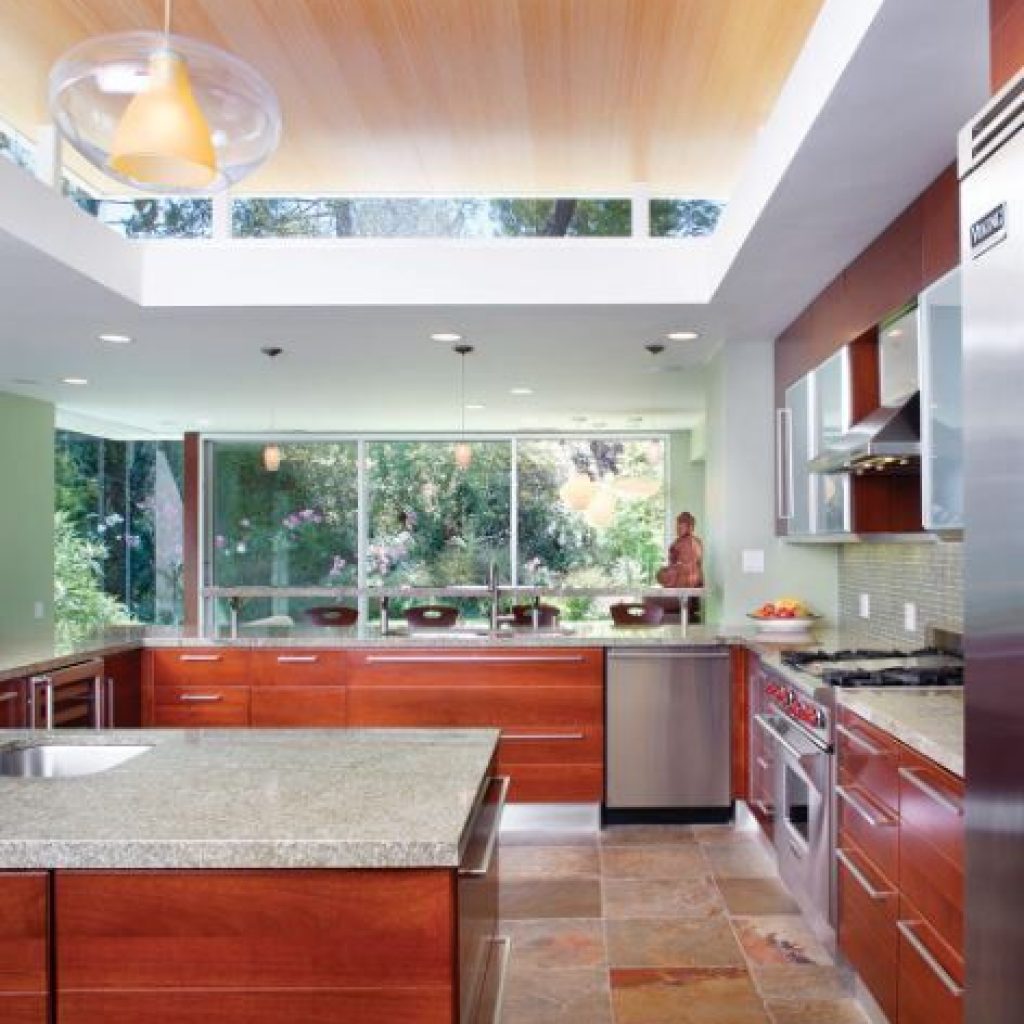
All-Around Lighting
All-around lighting includes general lighting and natural light. You want to ensure that at any time of day, there is enough light for everyone to effectively use the space without incident, and that any dark areas are minimized.
This kitchen showcases most of the types of lighting discussed. There’s up lighting in the cove above the soffit and downlighting from the pendants over the peninsula and pot lights in the soffit. It also has toe-kick lighting,
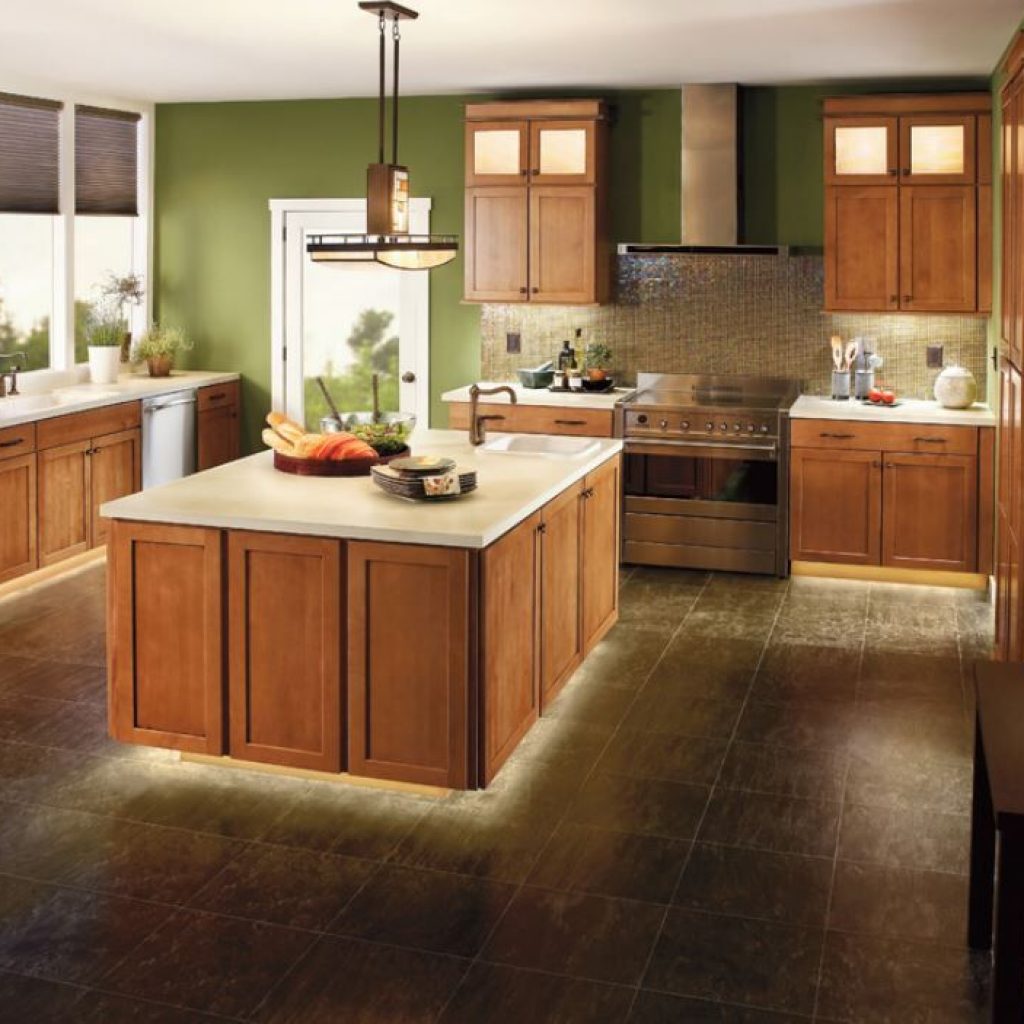
Visual Cuing
Another important aspect of lighting a space for those with diminishing eyesight is visual cuing. Visual cuing provides an additional reference point for judging distance or depth when entering a space or approaching objects. The lighting at the base of these cabinets, or toe-kick lighting, contrasts well with the dark floor and midtone cabinetry, creating a readily visible contrast. But people will just think it’s cool.

